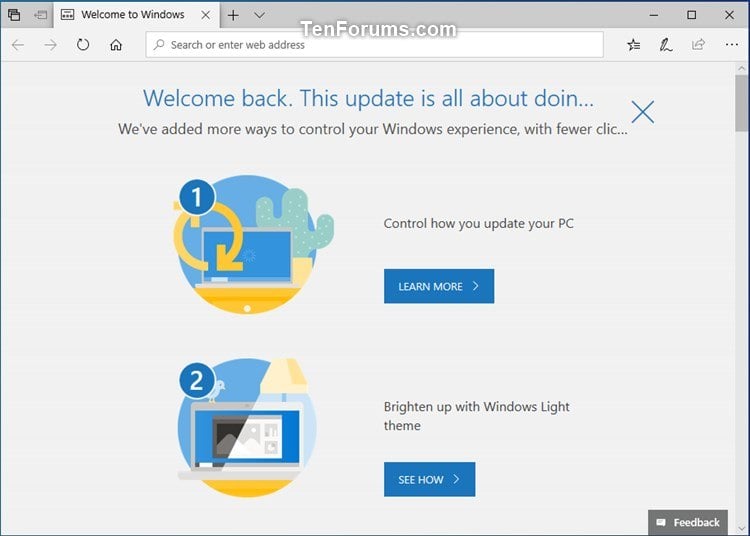


The Windows update log structure is separated into four main identities: However, they can be useless if you don't filter to exclude irrelevant components so that you can focus on what's important. Many component log messages are invaluable if you are looking for problems in that specific area. IdleTimer - Tracking active calls, stopping a service.DataStore - Caching update data locally.EEHandler - Evaluating update applicability rules.Handler, Setup - Installer handlers (CBS, and so on).DownloadManager - Creates and monitors payload downloads.WUWEB- The Windows Update ActiveX control.WUREDIR- The Windows Update redirector files.SETUP- Installs new versions of the Windows Update client when it is available.SERVICE- Startup/shutdown of the Automatic Updates service.PT- Synchronizes updates information to the local datastore.OFFLSNC- Detects available updates without network connection.EEHNDLER- Expression handler that's used to evaluate update applicability.AUCLNT- Interaction between AU and the logged-on user.AU - Automatic Updates is performing this task.The following are some of the most common components that appear in the WindowsUpdate.log file: The Windows Update engine has different component names. It does not update as the old WindowsUpdate.log unless you run Get-WindowsUpdateLog again. When you run the Get-WindowsUpdateLog cmdlet, an copy of WindowsUpdate.log file is created as a static log file. To merge and convert Windows Update trace files (.etl files) into a single readable WindowsUpdate.log file, see Get-WindowsUpdateLog. To troubleshoot the issues related to Windows Update installation. This log provides insight on the update installation part in the servicing stack. When you want to check whether the notification was triggered or not. Starting Windows 10, the notification toast or the banner is triggered by NotificationUxBroker.exe. When Updates are installed but reboot is not triggered. When Updates are downloaded but installation is not triggered. When you see that the updates are available but download is not getting triggered. Starting Windows 10, the Update Orchestrator is responsible for sequence of downloading and installing various update types from Windows Update. If you receive an error message when you run Windows Update, you can use the information that is included in the Windowsupdate.log log file to troubleshoot the issue. Starting in Windows 8.1 and continuing in Windows 10, Windows Update client uses Event Tracing for Windows (ETW) to generate diagnostic logs. The following table describes the log files created by Windows Update.


 0 kommentar(er)
0 kommentar(er)
